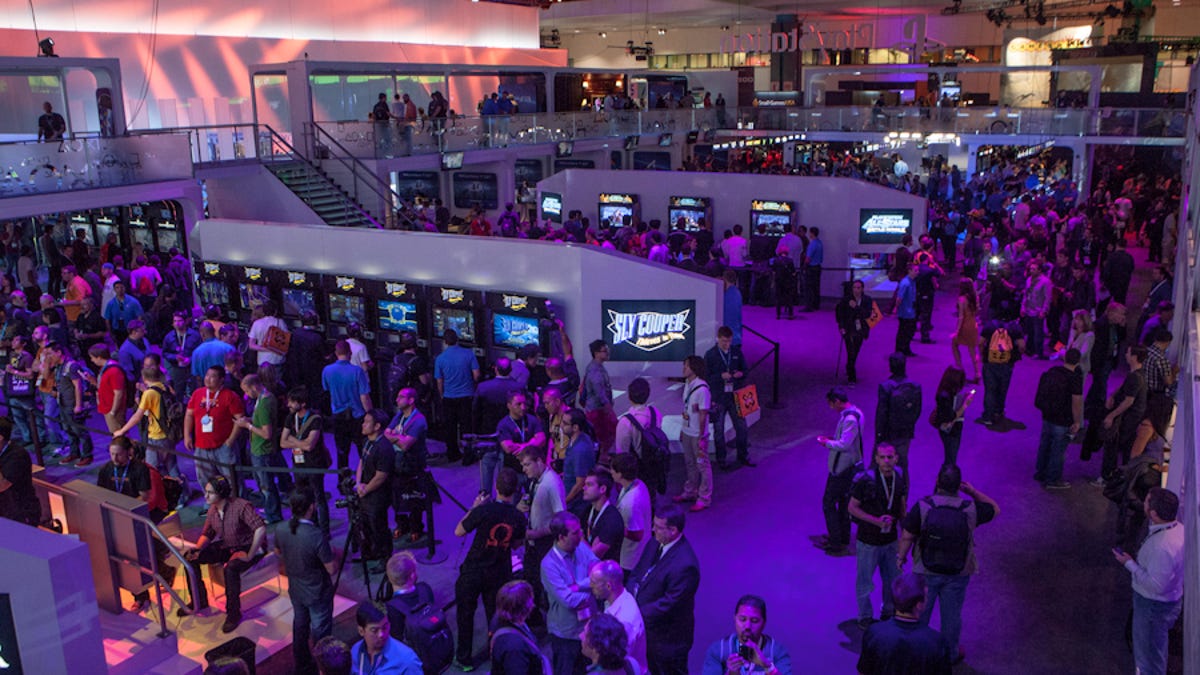Five lessons from E3 2012
E3 2012 is nearly over, but what I've learned from this year's show didn't take too long to figure out.

LOS ANGELES--I've lost track of how many E3 shows I've been to. It doesn't matter. What's important is that the show used to be larger, more vibrant...and more relevant. What happened?
If you boil down this year's show, new hardware was scarce and new software didn't fill the gap. Still, trends were present and lessons, too, that I hope get applied to next year's show. Yes, it was an odd year this year.
Mobile and iOS games need to be on the show floor more than they already are. You can see them: 2K was showing off games. Nyko and PowerA had Android controllers. Most publishers make mobile games...so why hide them? EA Mobile was hidden inside a dark corner of the JW Marriott Hotel. Mobile's a major part of video gaming, and no one but E3 has denied it.
More than ever, Microsoft, Nintendo and Sony are playing to their strengths -- for good and for bad. PlayStation All-Stars pimped out Sony's franchise characters, while NintendoLand pimped out Nintendo's. Microsoft pumped out sequels, but also looped in Windows 8 and its phone and tablet businesses back to the Xbox with SmartGlass. Leaning into one's strengths isn't such a terrible way to do business, but are all three companies risking becoming predictable caricatures?
Second screens are going to be around in video gaming, like it or not. Microsoft's Xbox SmartGlass. The Wii U. The PlayStation Vita and the PS3. Even iPads and TVs. Gimmick? Perhaps. However, with this many companies dabbling in it, odds are that the trend -- like motion gaming -- will kick around a good deal longer than skeptics might expect. Oh, and second-screen gaming can work: ask the Nintendo DS.
No one liked this E3. The average attendee I met had a hard time listing more than 10 interesting games. Even show floor employees and PR reps sighed and admitted this year was slow. Reactions to the Big Three press conferences ranged from mild disappointment to outright disdain. I sat through exclusive developer meetings that ran slower than tar. There was precious little that was new, and the bits that remained were stretched impossibly thin. That's not to say there weren't good games to be seen, but good games don't make a good show.
There are only so many patches you can put on an old coat. New technologies and toys like SmartGlass and the Wonderbook can't hide the simple truth that game consoles are old. Yes, the Xbox 360 and PlayStation 3 still have life. Sooner or later, they'll start showing their age. New consoles need to be at the ready. Nintendo's already begun the process, and handhelds like the Vita and 3DS have already made the leap. Look closely, and you can see games like Star Wars 1313 demoed on PC hardware with high-end graphics, waiting, perhaps, for the next generation of consoles. Will that be next year? I still think it should be.

